Yogyakarta, often called Jogja by locals, is more than just a tourist hub, it’s a city with soul. I had the chance to live in Yogyakarta for 2 years, and while it’s known for its ancient temples and batik shops, there’s a whole other side to it: relaxed cafés, street food gems, hidden viewpoints, and a rhythm that’s uniquely its own.
If you’re already traveling in Java, don’t skip Jogja. Even with just 2 days, you can hit the big stuff (Borobudur, Prambanan), eat insanely good local food, and find a few gems most tourists miss.
This guide keeps it real, top sights + local tips from someone who actually lived here.
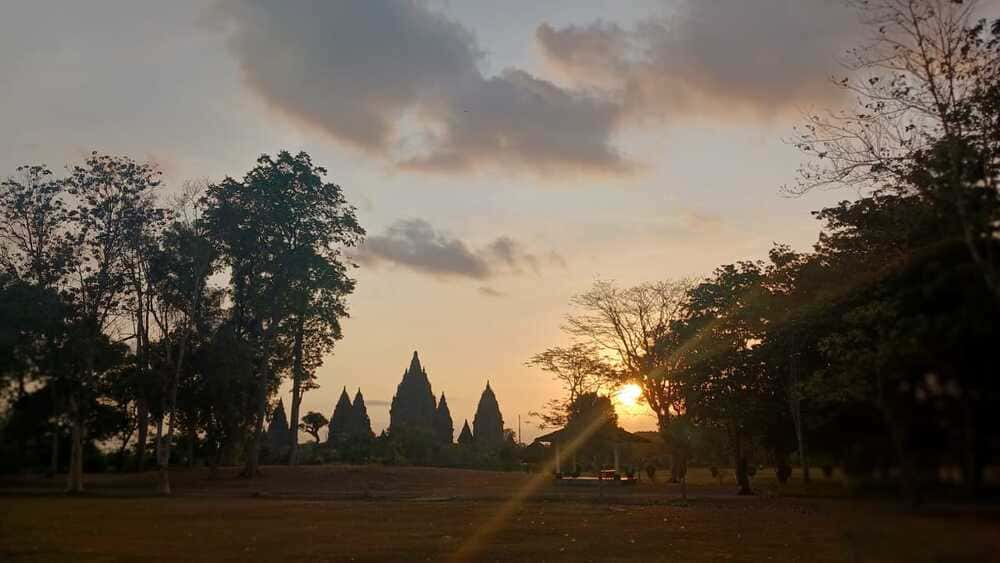
Yogyakarta Is a Special Part of Java
It’s one of the few places in Indonesia still run by a sultan, and the royal family still lives in the Keraton (palace). That mix of old Javanese tradition, art, and everyday life gives the city a unique rhythm you won’t feel in Jakarta or Surabaya.
This is also the heart of Javanese culture: batik, gamelan music, shadow puppets, poetry, and classical dance all still thrive here, not just for show, but as real parts of daily life.
At the same time, Jogja is full of students, creatives, and indie cafés. It’s got that youthful, DIY energy without trying too hard. You’ll see murals, pop-up art shows, poetry slams, and quiet corners where you can sip kopi tubruk while watching life go by.
And in just a short drive, you’ve got volcanoes, beaches, caves, and two of Southeast Asia’s most iconic temples: Borobudur and Prambanan.
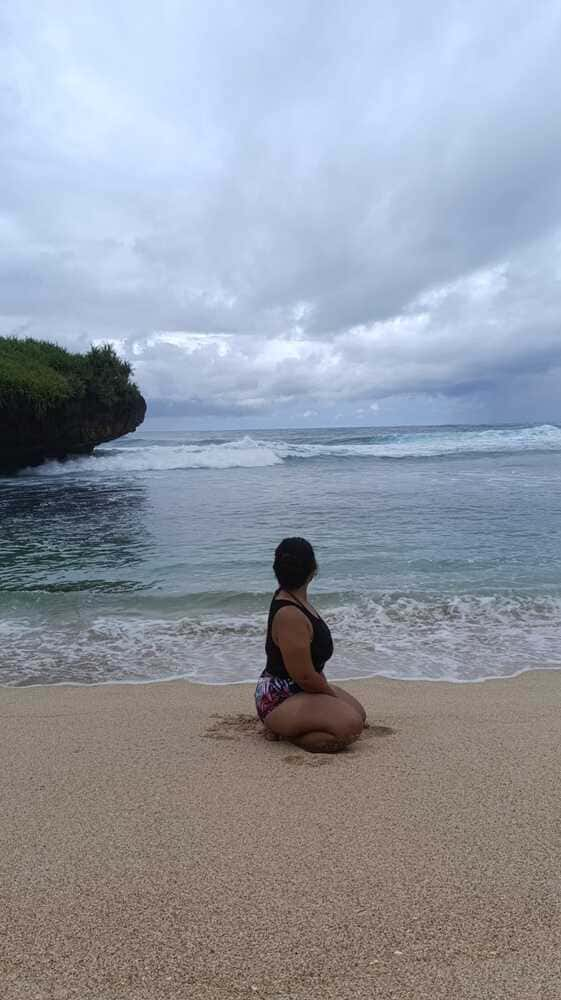
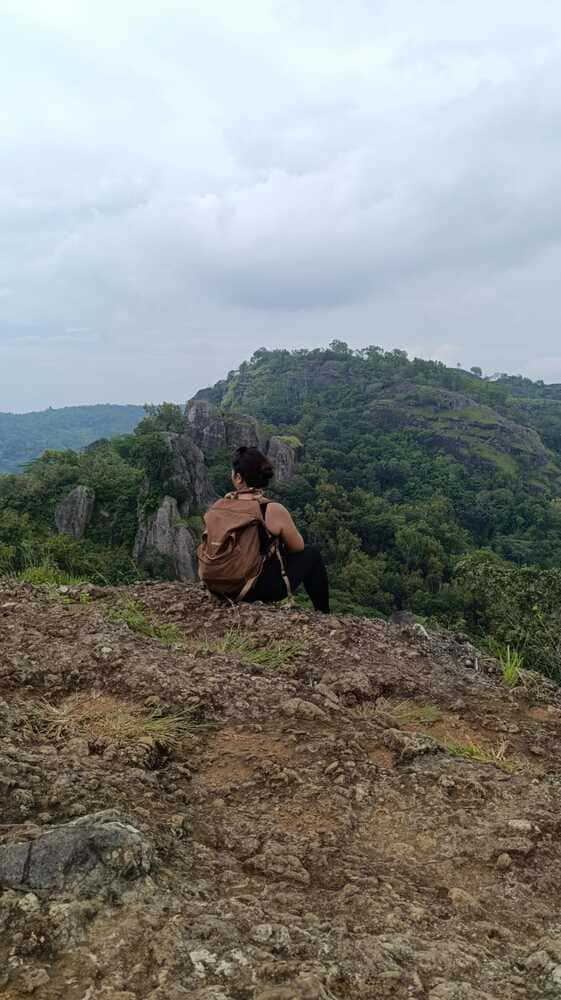
Is 2 Days Enough to Explore Jogja?
Yes! if you plan it right.
You won’t see everything, but in 2 days, you can visit Borobudur, Prambanan, explore the city’s cultural core, and still squeeze in some local food and sunset views.
Jogja’s compact and well-connected, so it’s easy to cover a lot without rushing. And honestly, even a short trip gives you a real feel for the city’s energy. That said, you’ll probably want to come back. Everyone does.
Day 1: Easy First Day: Palaces, Snacks & Street Vibes
Let’s keep things light today, you probably just got off a train, bus, or flight, so no need to rush. The good news? Jogja’s charm kicks in fast, and everything on this list is walkable or a quick Grab ride away.
1. Explore the Keraton (Yogyakarta Palace)
Start at the Keraton, the seat of the Sultan and the heart of old Jogja. It’s not flashy, but it’s a solid intro to Javanese culture, with small museums, traditional music, and old photos that give you a feel for how deep Jogja’s roots go.
- Open Hours: 8 a.m. – 2 p.m. (Closed on Monday)
- Entrance Fee: IDR 25,000 (around $1.50)
- Traditional Dance: every Thursday 10 a.m. – 12 p.m.
2. Taman Sari Water Castle
A short walk from the palace, this old royal garden and bathing complex is now half-ruin, half-neighborhood. Get lost in the maze-like alleys and check out hidden art shops and murals along the way.
- Open Hours: 9 a.m. – 3 p.m. (Everyday)
- Entrance Fee: IDR 25,000 (around $1.50)
3. Late Afternoon: Snacks & People-Watching at Alun-Alun Kidul
By late afternoon, Alun-Alun Kidul (the southern square) fills up with locals grabbing snacks, sitting on the grass, and hanging out with friends. It’s a popular spot to just chill, eat, and people-watch. You’ll find all kinds of street food here, bakwan, cilok, martabak manis, and my personal go-to: cimol and kue cubit (don’t skip the chocolate ones).
There’s also the classic banyan tree challenge: walk between two sacred trees blindfolded. Legend says only the pure of heart can make it through. (It’s harder than it sounds.)
Heads up: Traffic inside the square can be a mess, and prices are a bit higher than average for street food. It’s still worth a visit, just don’t expect it to be quiet.
4. Malioboro, Jogja’s Iconic Streetioboro Street
You can’t say you’ve been to Jogja without walking down Malioboro. It’s a 2 km stretch packed with souvenir shops, batik stalls, street food, and the full-on tourist night market vibe.
It’s always crowded, locals, tourists, street performers, horse carts, sellers, all mixed in. The energy is chaotic but kind of fun if you’re in the mood for it.
Tip: If you’re looking for real quality batik or silver, this isn’t the place. But for T-shirts, keychains, snacks, and vibes, it’s a Jogja must-do.
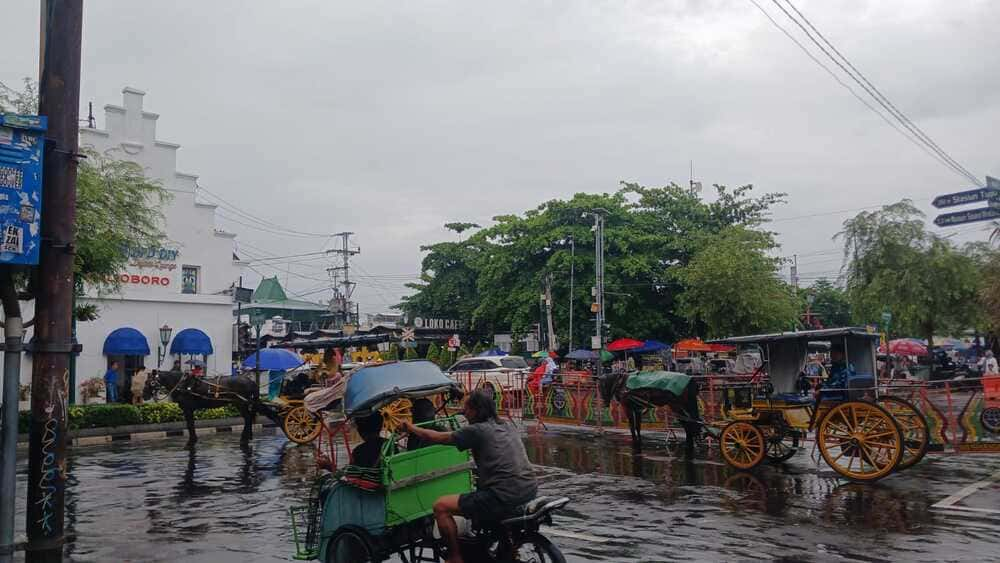
5. Dinner: Eat Like a Local
After Malioboro, skip the tourist restaurants and grab dinner where the locals actually eat:
Bakmi Bu Yoyok
This place is all about Bakmi Jawa, Javanese-style egg noodles, slow-cooked over charcoal for that smoky, comforting flavor.
- Usually open after 5 PM
- Try the bakmi godhog (soupy) or bakmi goreng (fried)
- Expect a wait, it’s popular for a reason
Penyetan Sayyidan
If you’re in the mood for spice, this warung near the Code River serves crispy fried chicken or fish with sambal that packs a punch.
- Comes with rice, lalapan (raw veggies), and fiery sambal
- Locals go here after work for a cheap, filling, spicy meal
- Budget-friendly, under IDR 25K per plate
Both spots are close to the city center, just walk or Grab your way there after Malioboro.
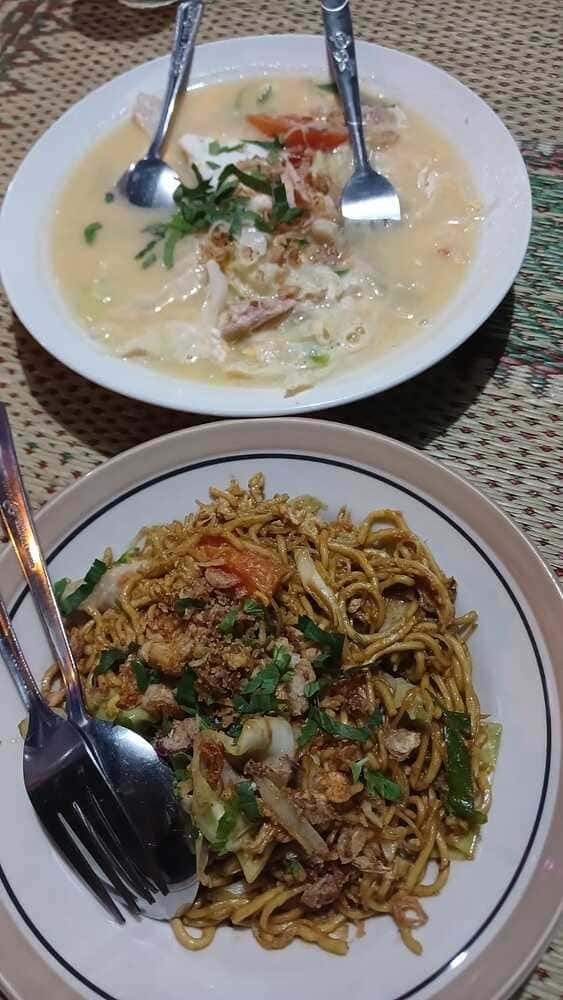
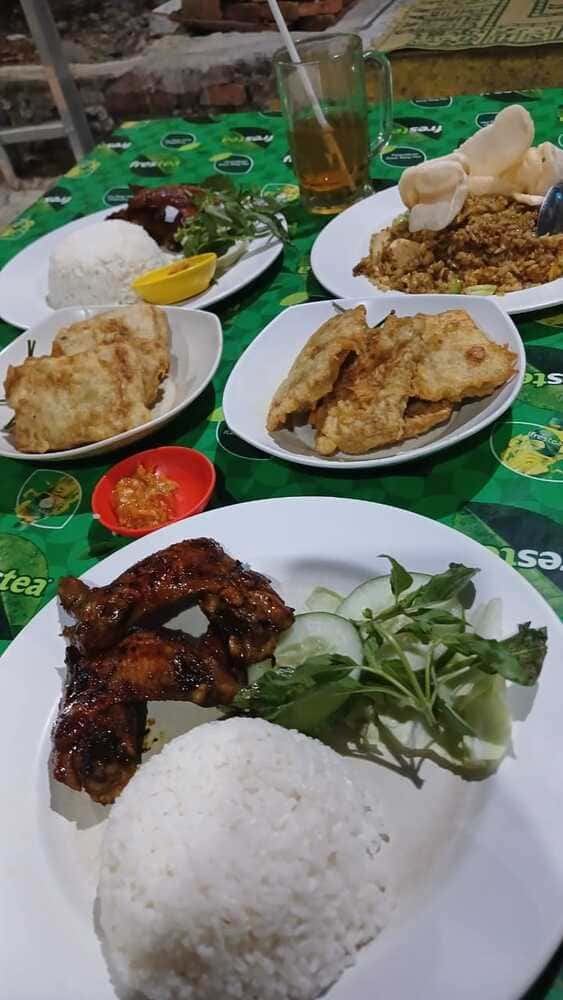
Mie Ayam Pak Budi 234
If you’re in the mood for something comforting, cheap, and 100% local, don’t skip Mie Ayam Pak Budi 234. It’s a no-frills street-side spot serving some of the best mie ayam (chicken noodles) in Jogja.
- Mie Ayam + Es Teh = perfect combo
- Price: Around IDR 15–20K (~$1–1.30)
It’s not fancy, but honestly? Might be one of the best bowls of noodles you’ll have in Jogja.
Tungqu Ngangkring Pizza (Best Pizza in Jogja)
If you’re craving something different after all the local food, Tungqu Ngangkring Pizza might surprise you, this place serves what many locals (including me) call the best pizza in Jogja.
It’s not fancy, but that’s the charm. The pizzas are cooked in a traditional wood-fired oven (tungku) right by the street. The crust is thin and crispy, the toppings are loaded.
- Super affordable (under IDR 50K / ~$3 per pizza)
- Open till late: perfect for a post-Malioboro bite
- It’s casual, delicious, and honestly way better than most “fancy” pizza places in the city
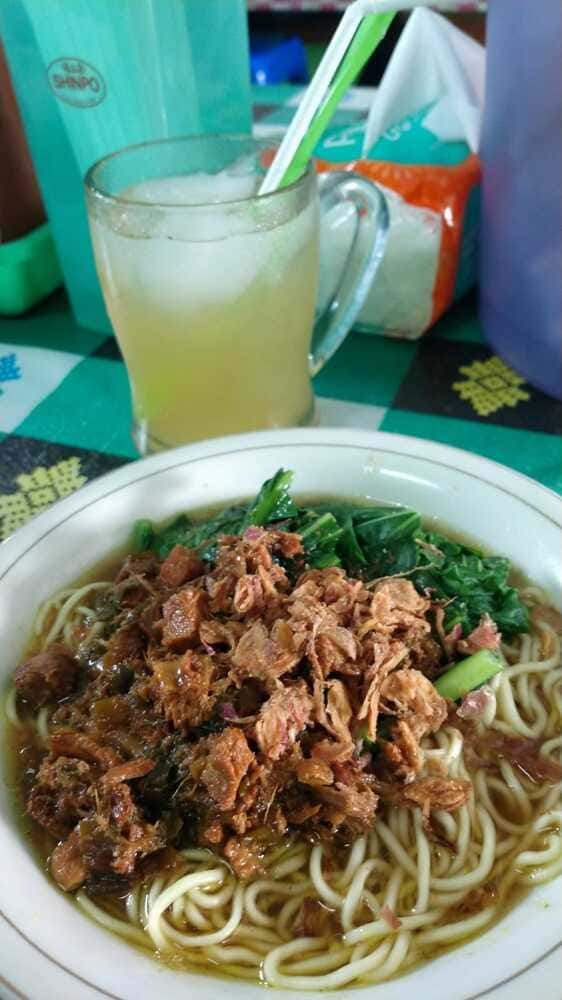

Day 2: Iconic Temples
Today’s for the big hitters Borobudur and Prambanan, the two most iconic temples in Indonesia. It’s a full-day trip, but if you only do one big tour in Jogja, this should be it.
1. Borobudur
Start early and head to Borobudur, about 1.5 hours from the city. If you can, book the sunrise tour, yes, the ticket is pricey, but watching the sun rise over the misty valley with Mount Merapi in the distance is unreal.
- Built in the 9th century, Borobudur is the world’s largest Buddhist temple, made of over 2 million stone blocks and stacked in the shape of a massive mandala. It was buried under volcanic ash for centuries and only rediscovered in the 1800s.
- The temple has nine levels, with 72 bell-shaped stupas at the top, each hiding a Buddha statue inside.
- It’s both a spiritual place and an architectural wonder.
Tickets:
- Sunrise access: ~IDR 500,000–600,000 ($32–$39)
- General entry: ~IDR 375,000 ($24)
- Book online (required).
Getting there, choose based on your comfort and budget:
- Private car + driver: ~IDR 500,000–600,000 ($32–$39) for the full day, best if you’re visiting both Borobudur and Prambanan with group.
- Grab/GoCar: ~IDR 200,000–300,000 ($13–$19) one way
- Public bus: Cheapest option (~IDR 50,000 / $30), but slow and not very flexible
Tip: If you’re going for sunrise, private transport is the easiest. Public buses don’t run early enough.
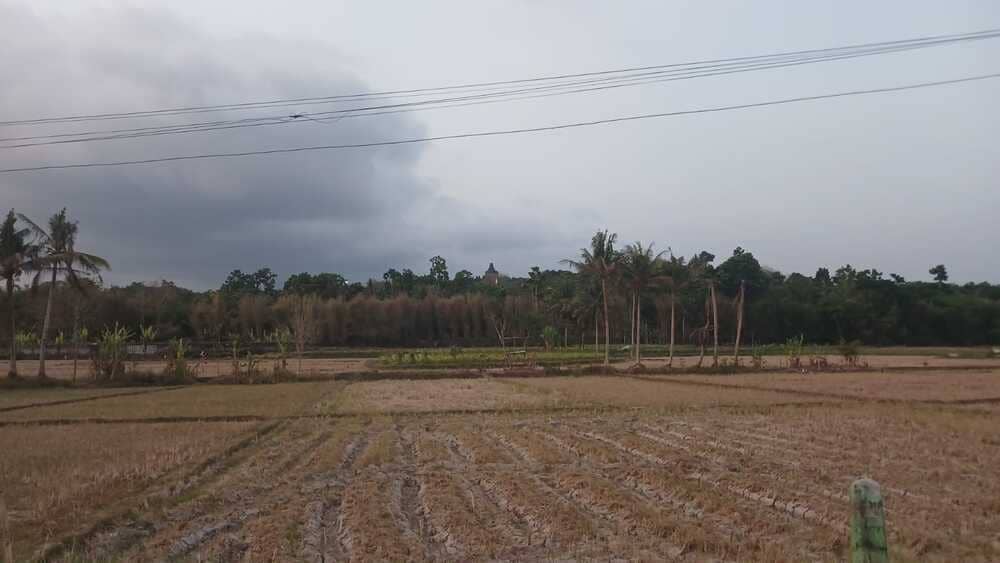
2. Gereja Ayam (The Chicken Church)
Just 10–15 minutes from Borobudur, you’ll find one of the strangest structures in Central Java: Gereja Ayam, or the Chicken Church. It’s not actually a church, and it’s not exactly a chicken either, more like a giant dove with a chicken head.
Originally built in the 1990s by a local man as a multi-faith prayer house, it was abandoned for years, then went viral after appearing in the film Ada Apa Dengan Cinta 2. Now it’s part quirky tourist attraction, part peaceful spiritual spot, with panoramic views of the Menoreh Hills and Borobudur Valley.
- Entry: Around IDR 25,000–30,000 ($1.60–$2)
- Best time to visit: Right after Borobudur, before it gets too hot
- How to get there: It’s a short drive or ojek ride from Borobudur (many drivers know it by name)
What to do there:
- Climb up to the crown (chicken head) for a surprisingly amazing 360° view
- Explore the underground prayer rooms (some parts still unfinished, but interesting)
- Visit the small café at the back, good for coffee and snacks before heading back to town
Local tip: It’s not a must-see for everyone, but if you’re already out at Borobudur and like weird architecture or peaceful spots with a view, it’s 100% worth the stop.
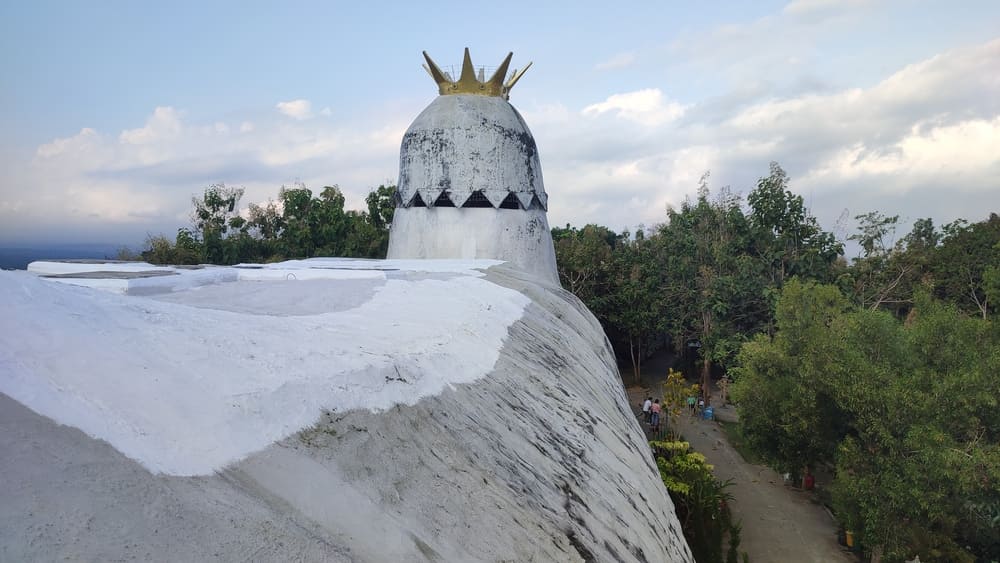
3. Prambanan
After a chill break or lunch back in the city, head east to Prambanan, about 16 km from the center of Jogja. If Borobudur is all about peaceful vibes, Prambanan feels more dramatic, tall stone towers, intricate carvings, and a complex full of myths.
Built in the 9th century, Prambanan is the largest Hindu temple complex in Indonesia, dedicated to the Trimurti, Brahma the creator, Vishnu the preserver, and Shiva the destroyer. The main temple, Candi Shiva Mahadeva, stands 47 meters tall and is surrounded by smaller temples arranged in beautiful symmetry.
Legend says it was built in a single night by a man trying to marry a princess who didn’t love him. She tricked him, the temples were never finished, and he cursed her into stone. (You’ll hear this story from almost every guide.)
- Ticket: ~IDR 300,000 ($19)
- Best time to visit: Late afternoon, the light is softer, and the heat starts to fade
Getting there:
- Car, Grab, or motorbike from the city (~30–40 min)
- Easy stop if you’re coming from Borobudur with a private driver
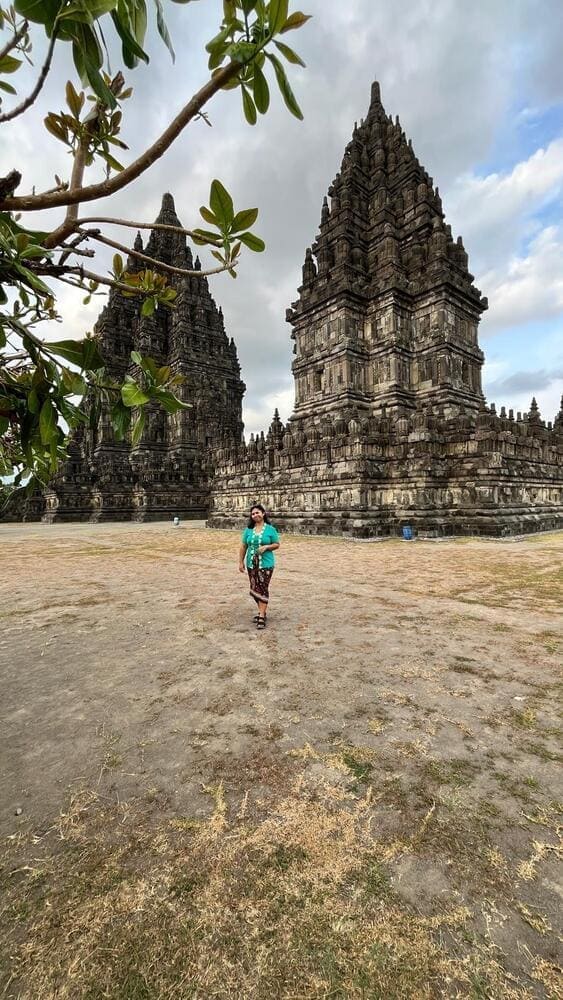
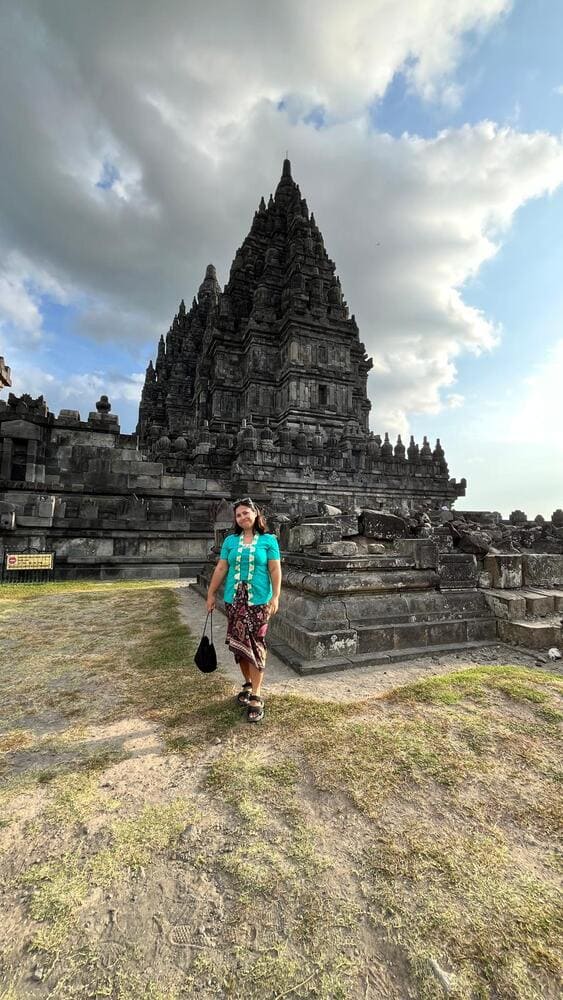
4. Ramayana Ballet: Traditional Show with a Temple Backdrop
If you’ve still got energy after temple-hopping, stick around for the Ramayana Ballet, a traditional Javanese dance performance that tells the story of Rama and Shinta (Sita), complete with fire effects, epic music, and Prambanan Temple glowing in the background.
You don’t need to know the whole story, just sit back and enjoy the costumes, choreography, and atmosphere. It’s a unique way to end your Jogja temple day, and the location makes it feel extra magical.
- Showtime: Usually starts around 7:30 PM (dry season only for open-air shows)
- Tickets: Basic seats: ~IDR 150,000 ($10), VIP/front row: Up to IDR 500,000 ($32)
5. Dinner Alternative: Chill Out in Prawirotaman
If you’re heading back to town after Prambanan and the Ramayana show, Prawirotaman is the perfect place to unwind. This neighborhood has a cool, bohemian vibe with tons of cafés, bars, and restaurants offering everything from local street food to international dishes.
Some local faves to try:
- ViaVia Jogja: great for a relaxed meal with vegetarian-friendly options and a cozy garden setting
- Mediterranea Restaurant: if you’re craving Mediterranean flavors and a nice drink to end the day
- Bale Raos: serving traditional royal Javanese cuisine in a charming setting, perfect if you want something special
- Street food stalls around Jalan Prawirotaman for quick bites like sate, bakmi, or pisang goreng
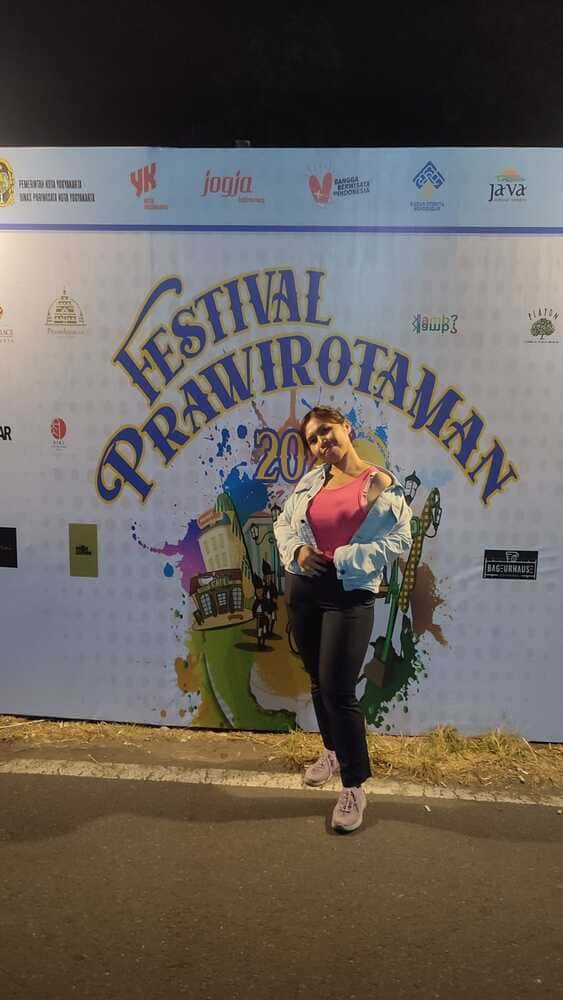
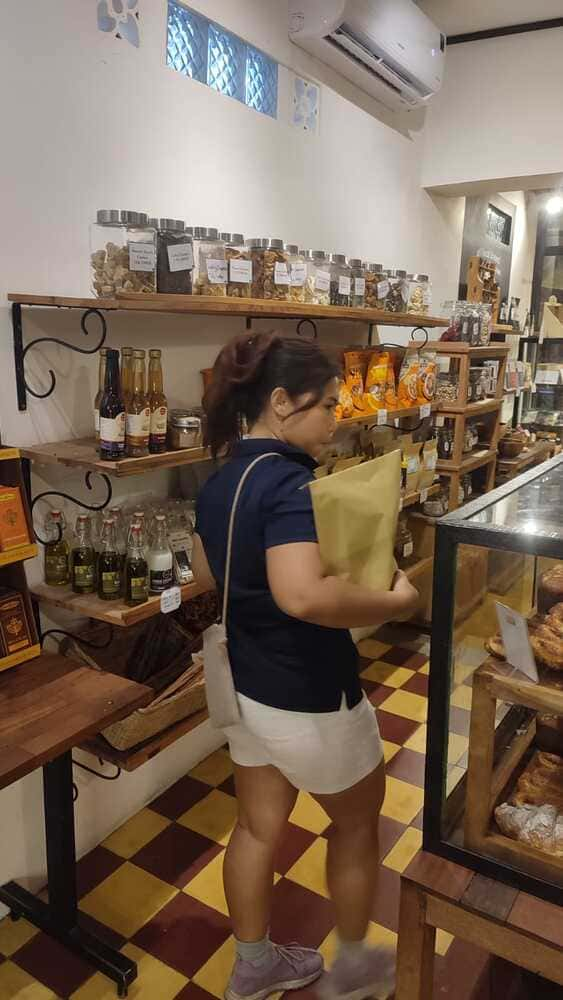
6. Chill Bars to End Your Day
After dinner, if you want to kick back with a drink, Prawirotaman has some great low-key bars where you can soak up the laid-back Jogja vibe:
- Mojok Kopi: A cozy café-bar hybrid with great coffee by day and tasty cocktails by night. Perfect if you want a relaxed spot with good music and friendly locals.
- The House of Raminten: Part restaurant, part bar, and 100% local culture. They serve traditional Javanese snacks alongside a solid selection of drinks in a quirky, artsy setting.
- Liquid Bar & Kitchen: Modern, with a good cocktail menu and sometimes live music or DJ sets. It’s a bit more upscale but still chill.
Most bars in Prawirotaman close around midnight, so it’s a nice way to wind down before heading back to your hotel.
Practical Tips for Visiting Yogyakarta
| 🔧 Category | 💡 Tips |
|---|---|
| Money | Carry cash for small stalls. Cards/QRIS accepted in most big places. ATMs are easy to find. |
| Transport | Use Grab/Gojek for easy rides. Rent a scooter (IDR 60–80K/day ≈ $4–5). Walk in Malioboro & Prawirotaman. |
| Internet | Buy a Telkomsel SIM card. Signal is good, and data is cheap. |
| Navigation | Google Maps works, but can be buggy in small alleys. Always ask locals if unsure. |
| Weather | Hot all year. Rainy season = Nov–Mar (afternoon rain). Bring hat, sunscreen, water. |
| Dress Code | Temples require covered shoulders and knees. Bring a scarf or light pants. |
| Food Safety | Street food is safe at busy stalls. Avoid raw veggies. Bring hand sanitizer. |
| Water | Don’t drink tap water. Bottled water is cheap and everywhere. |
| Tickets | Book Borobudur & Prambanan online. Sunrise tour = limited spots. Check for combo deals. |
| Toilets | Public toilets can be basic. Bring tissues or wet wipes. |
More Time in Jogja?
Got an extra day or two? Here are some great local spots to check out beyond the usual tourist trail:
- Mount Merapi Jeep Tour: Ride a 4×4 across lava fields from past eruptions. It’s bumpy, dusty, and super fun, best at sunrise or sunset for cooler temps and killer views.
- Tebing Breksi: A cliffside park carved from an old limestone quarry. Great for photos, sunsets, and a quick escape from the city.
- Gunung Nglanggeran (Nglanggeran Ancient Volcano): A short, beginner-friendly hike just 1.5 hours from Jogja. The trail is rocky but doable, and the sunrise view from the top is incredible. It’s a former volcano, now covered in greenery and big stone formations, peaceful and underrated.
- Pantai Parangtritis: Jogja’s most iconic beach. You can ride ATVs, snack on grilled corn, and watch the sun dip into the Indian Ocean.
- Imogiri Pine Forest: A calm, shaded pine forest perfect for walks, photos, or just relaxing. Cooler air and peaceful vibes.
- Goa Jomblang: A one-of-a-kind cave experience where you rappel down into an underground forest. Not casual but unforgettable if you’re up for it.
- Kotagede: The old capital of the Mataram Kingdom, now a quiet area known for handmade silver. Great for walking, taking photos, and buying unique jewelry.
Pro tip: These spots are spread out, so rent a scooter or hire a driver for the day. Public transport won’t get you there easily.
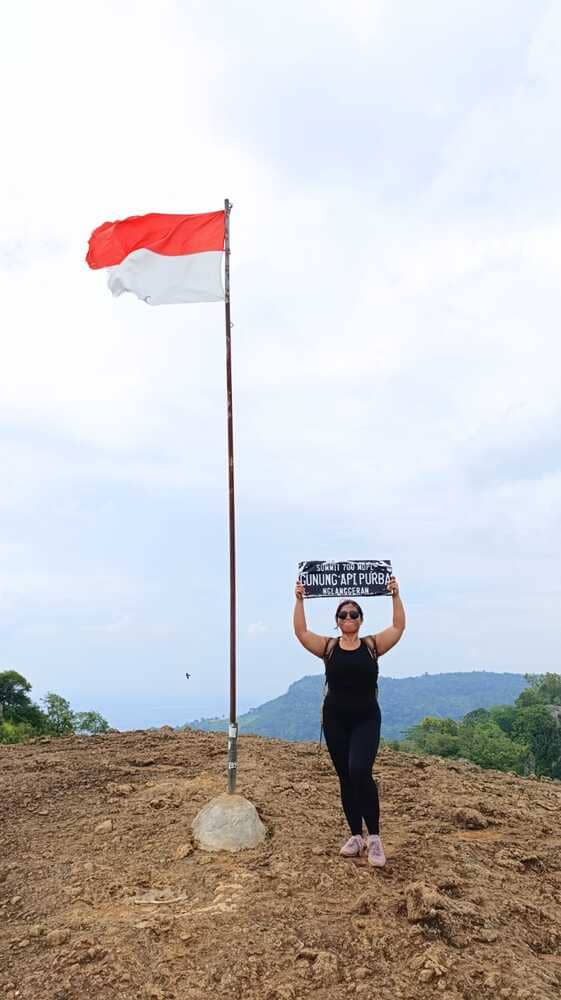
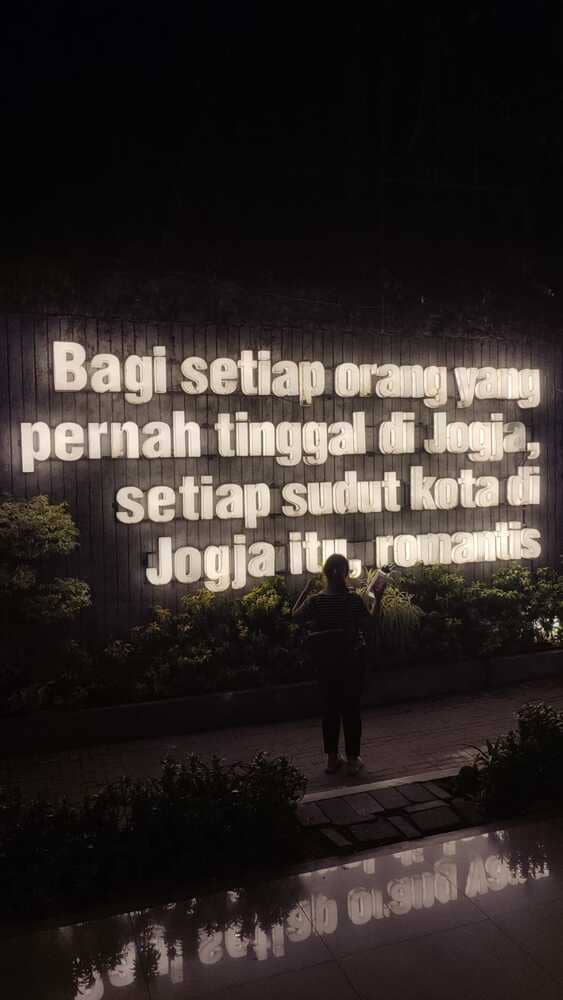
Final Thoughts
Jogja isn’t about rushing through a checklist. It’s a city that feels slow on purpose, where culture, history, food, and street life all blend into one.
Even with just 2 days, you can get a good mix of the highlights and local gems. Take your time, chat with people, eat something weird, and don’t stress too much if your plans change. That’s kind of how Jogja works.
Orang bilang, Jogja itu terbuat dari rindu, people say Jogja is made of longing. And honestly, once you leave, you’ll get it. Jogja still remains my favorite place in Java. It’s not flashy or perfect, but it’s honest, alive, and full of surprises.
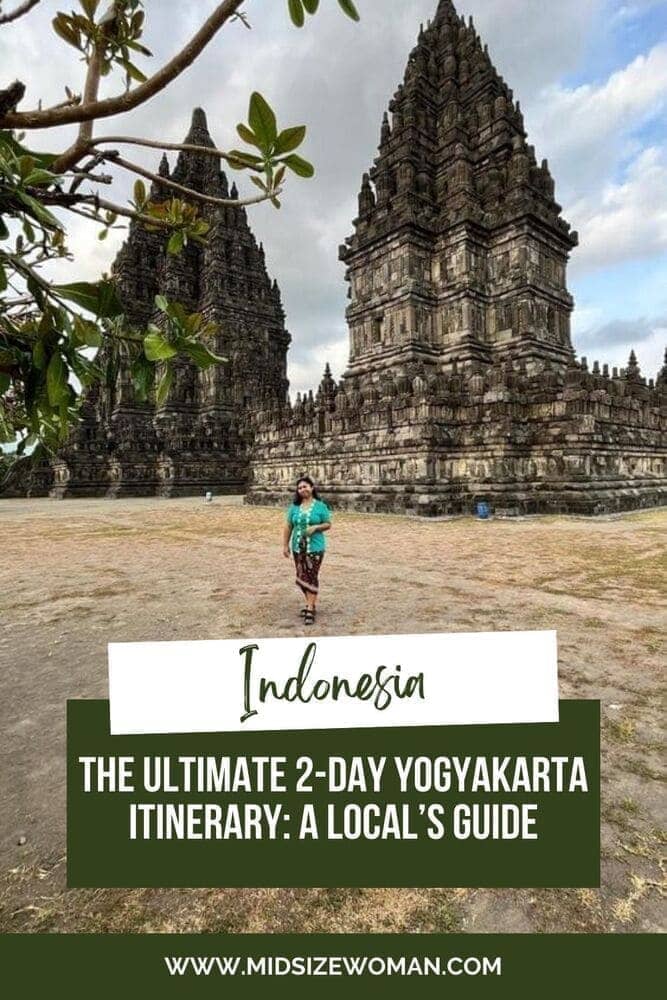





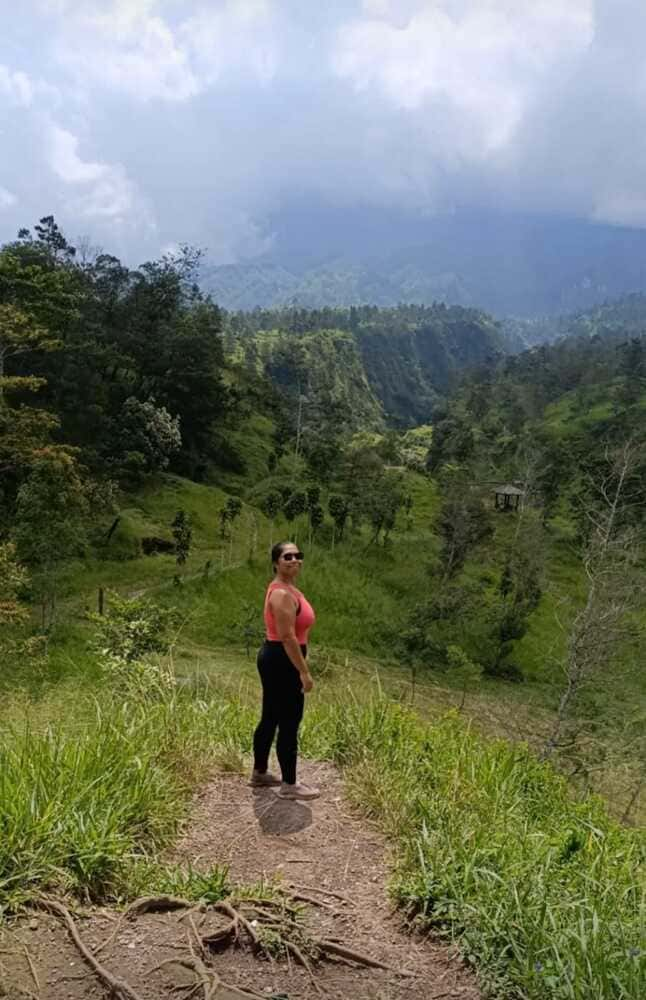
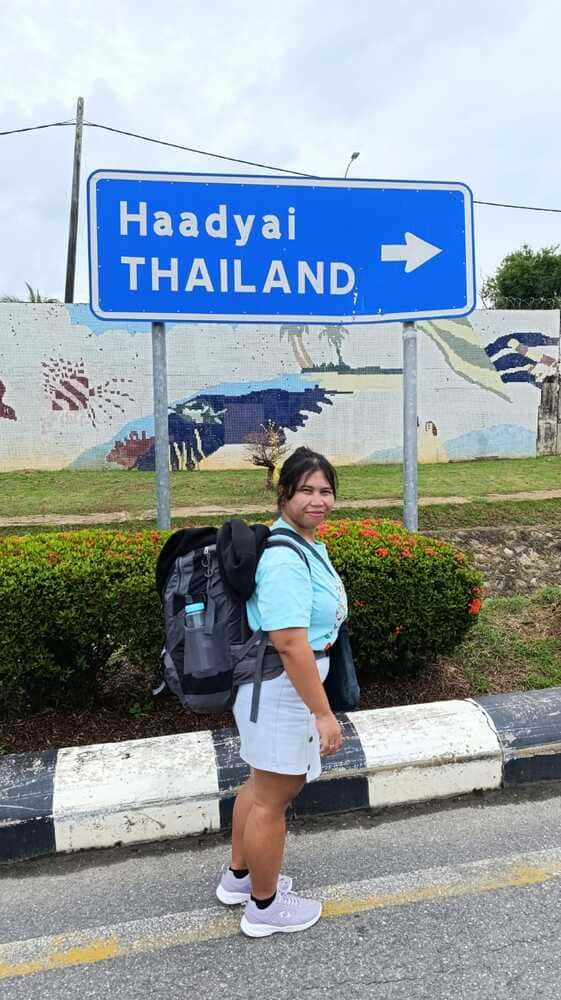
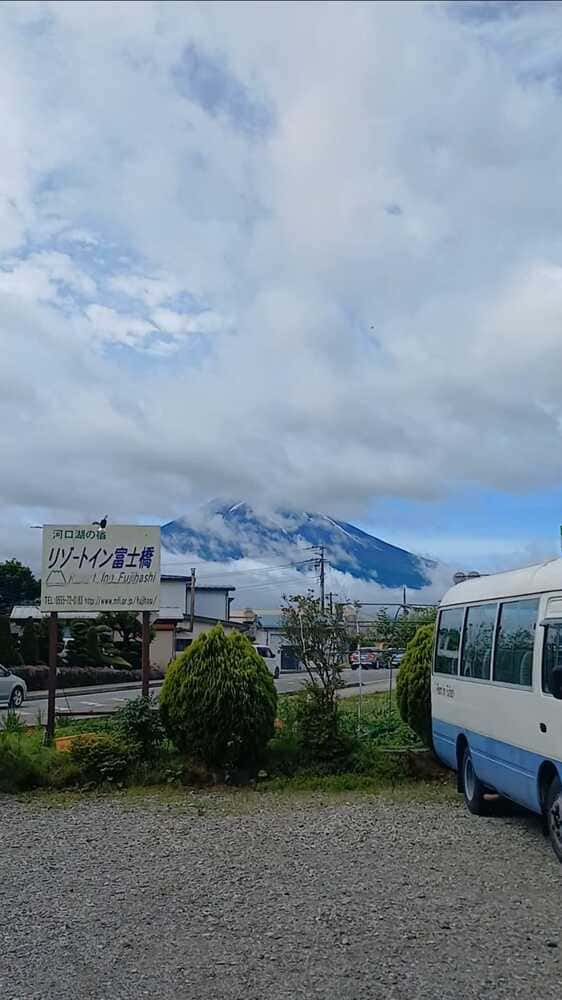

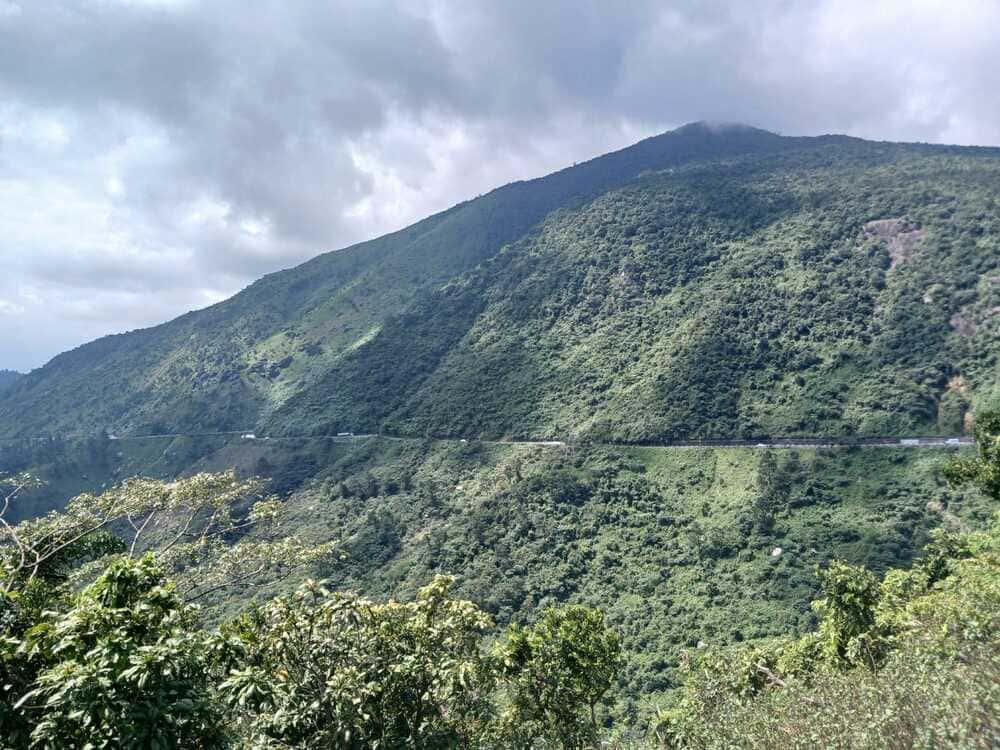

Leave a Reply